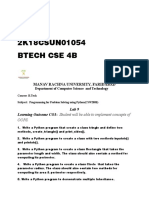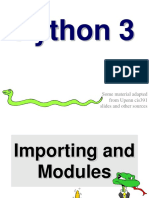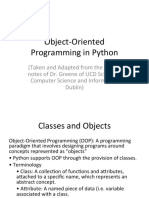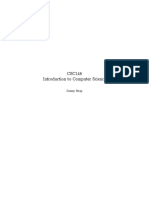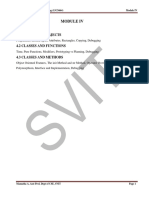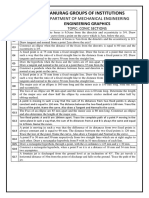0% found this document useful (0 votes)
10 views16 pagesLecture 23
The document discusses inheritance and polymorphism in object-oriented programming. It provides an example of defining a base GeometricObject class and inheriting Circle and Rectangle subclasses that extend it, overriding methods and properties as needed.
Uploaded by
Maxi BradCopyright
© © All Rights Reserved
We take content rights seriously. If you suspect this is your content, claim it here.
Available Formats
Download as PDF, TXT or read online on Scribd
0% found this document useful (0 votes)
10 views16 pagesLecture 23
The document discusses inheritance and polymorphism in object-oriented programming. It provides an example of defining a base GeometricObject class and inheriting Circle and Rectangle subclasses that extend it, overriding methods and properties as needed.
Uploaded by
Maxi BradCopyright
© © All Rights Reserved
We take content rights seriously. If you suspect this is your content, claim it here.
Available Formats
Download as PDF, TXT or read online on Scribd
/ 16






